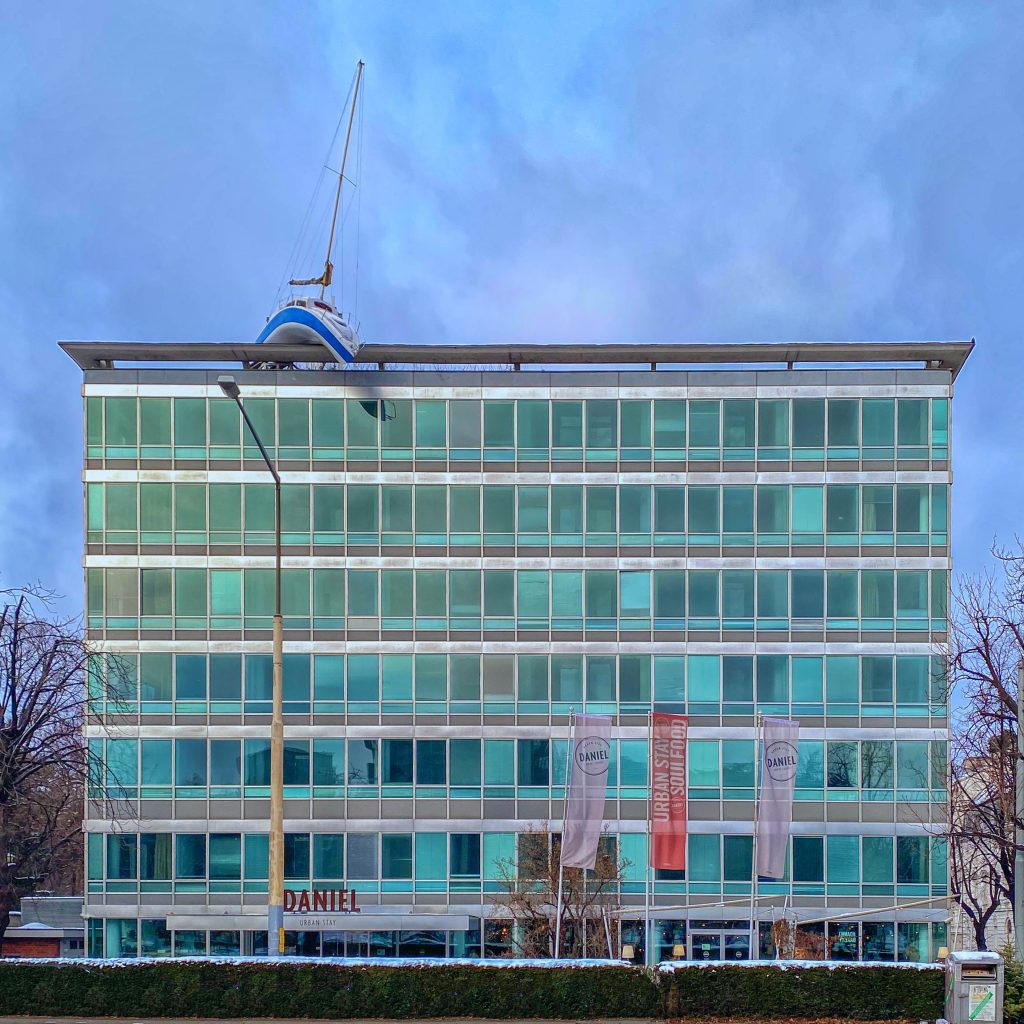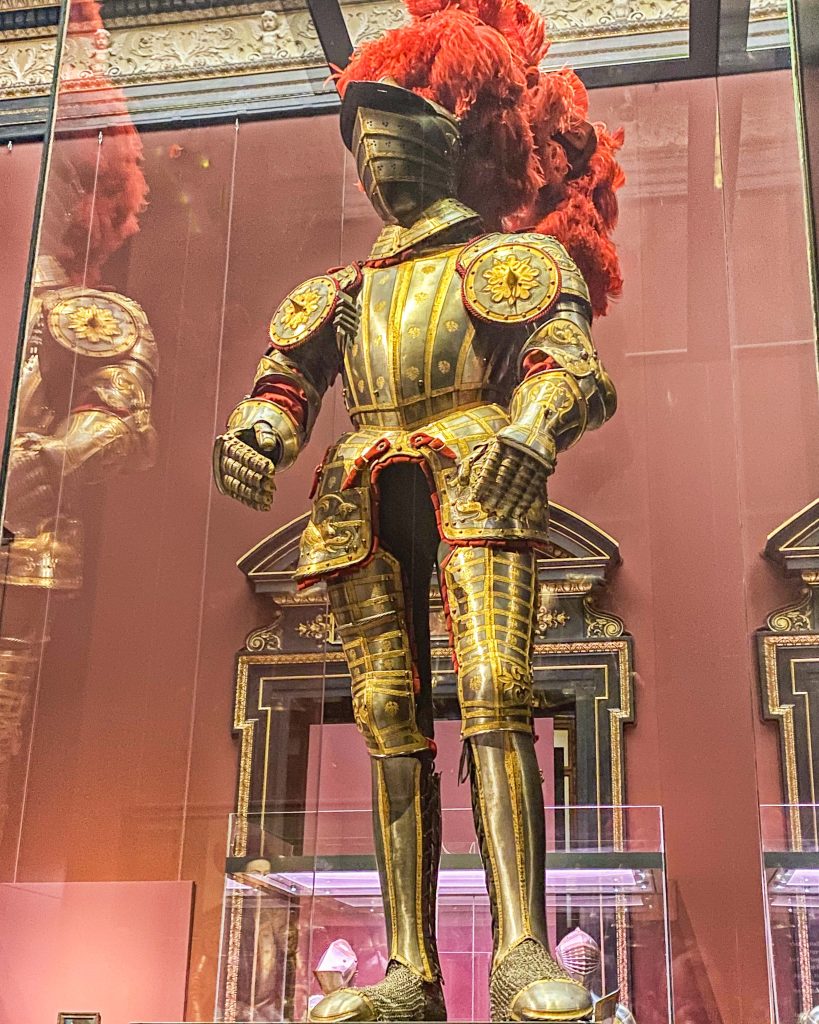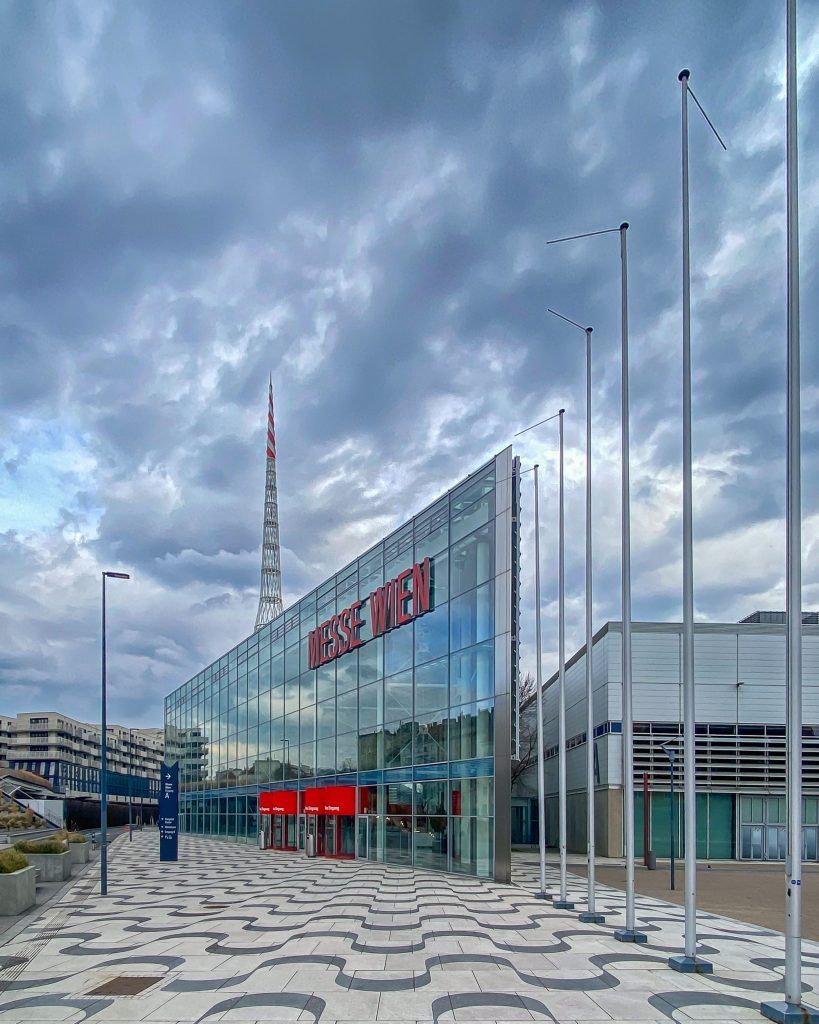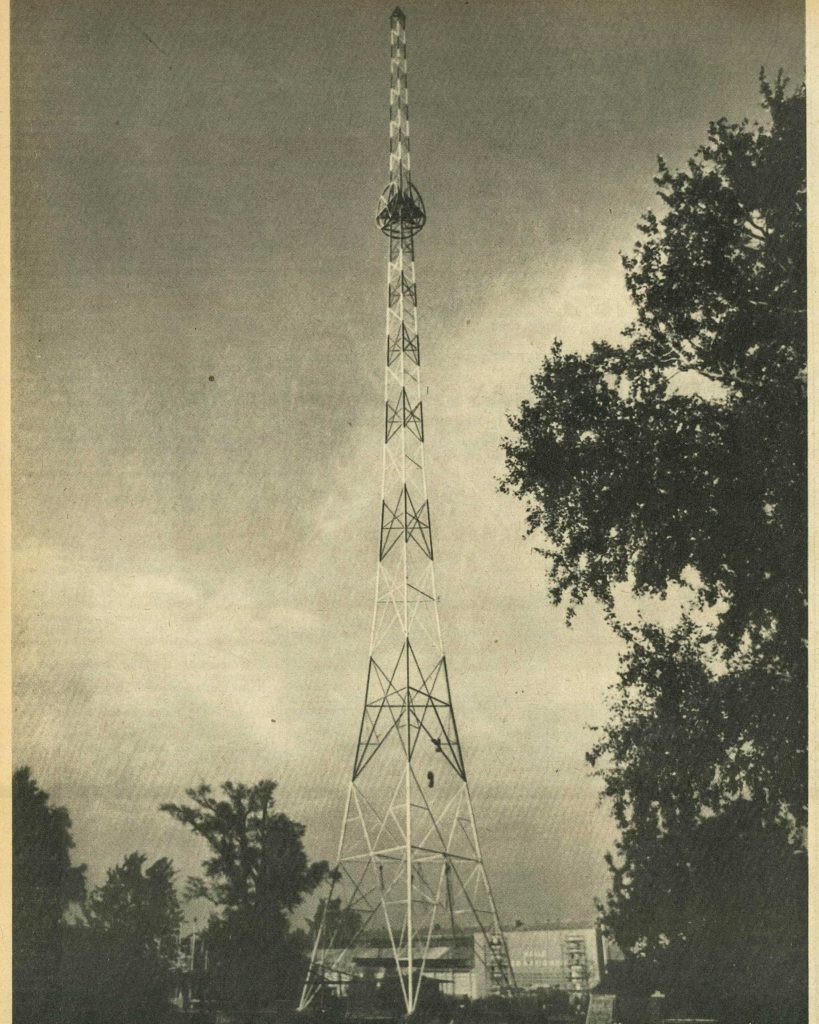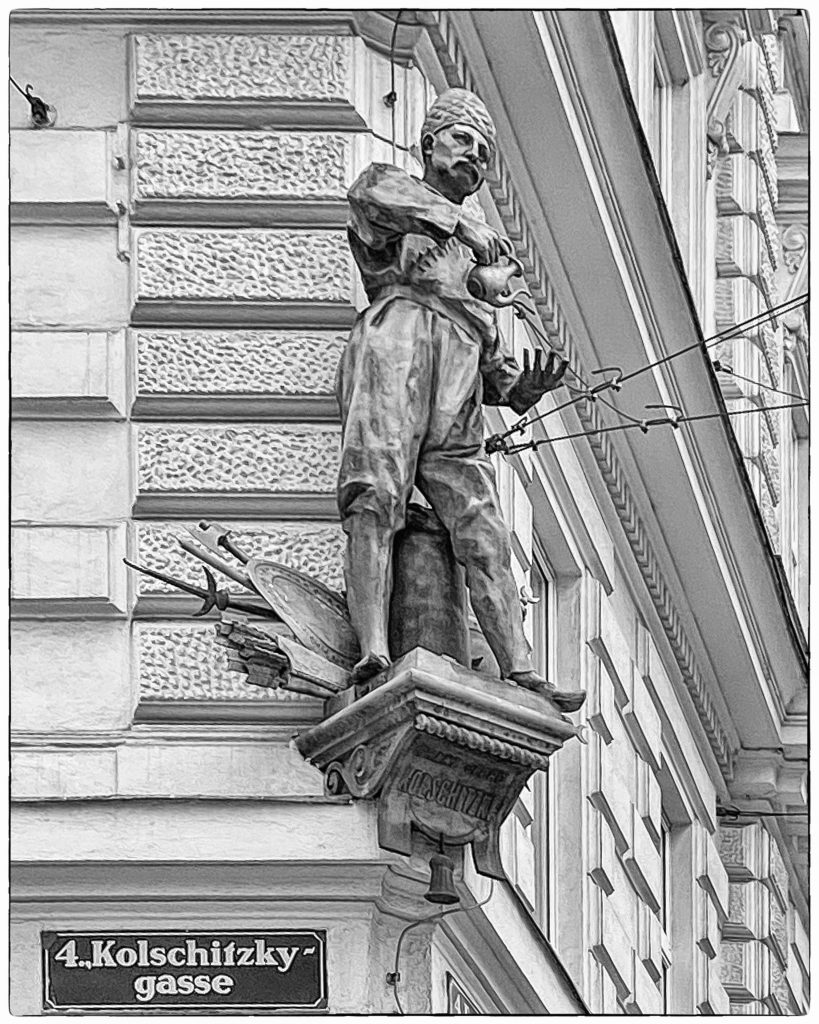Zum goldenen Becher
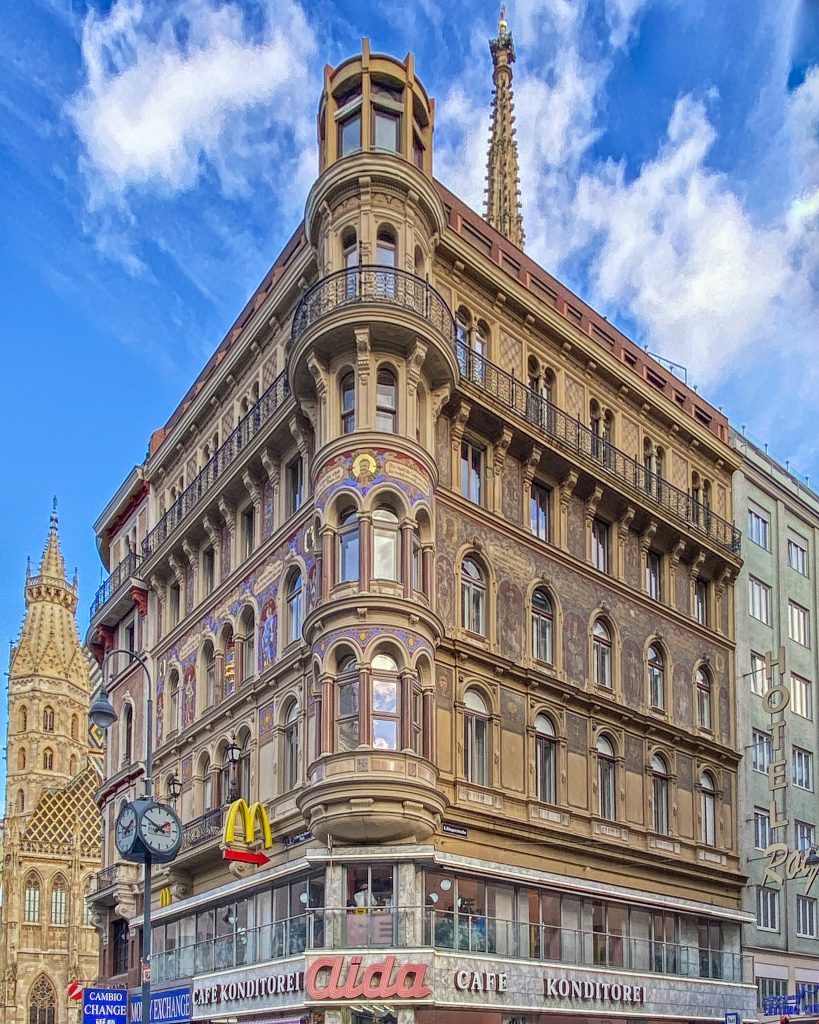
On Stock-im-Eisen-Platz, directly next to St. Stephen’s Cathedral, there is today the house „Zum goldenen Becher“ from 1883, built according to the plans of the Austrian Arch. Alexander Wielemans of Monteforte in the late historicist style. Wielemans was also responsible for the Palace of Justice in Vienna and the City Hall in Graz.
The name of the residential and commercial building in old German forms derives from a house sign of the previous building, a wrought iron grille with a cup, located above the front gate. The background for this was possibly the Corpus Christi procession in 1549, during which a Protestant baker’s boy named Johann Hayn is said to have snatched the monstrance from the priest and was then burned as punishment. The reigning king and later emperor Ferdinand I would have had a column with a monstrance erected at the site.
Despite damages during WWII, rich facade paintings with allegorical figures, portraits of emperors and verses on the history of the house and the city can still be seen between the round-arched windows, an embellished floor with a lattice balcony on consoles and partly also Ionic red marble columns.
